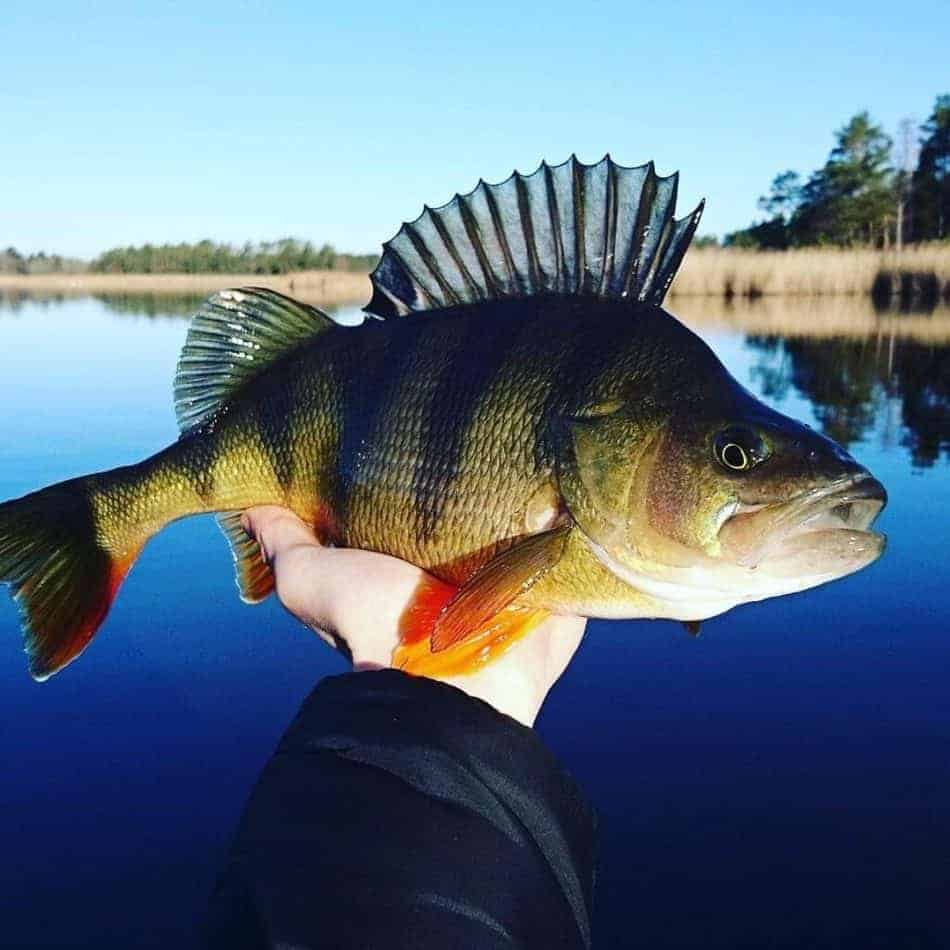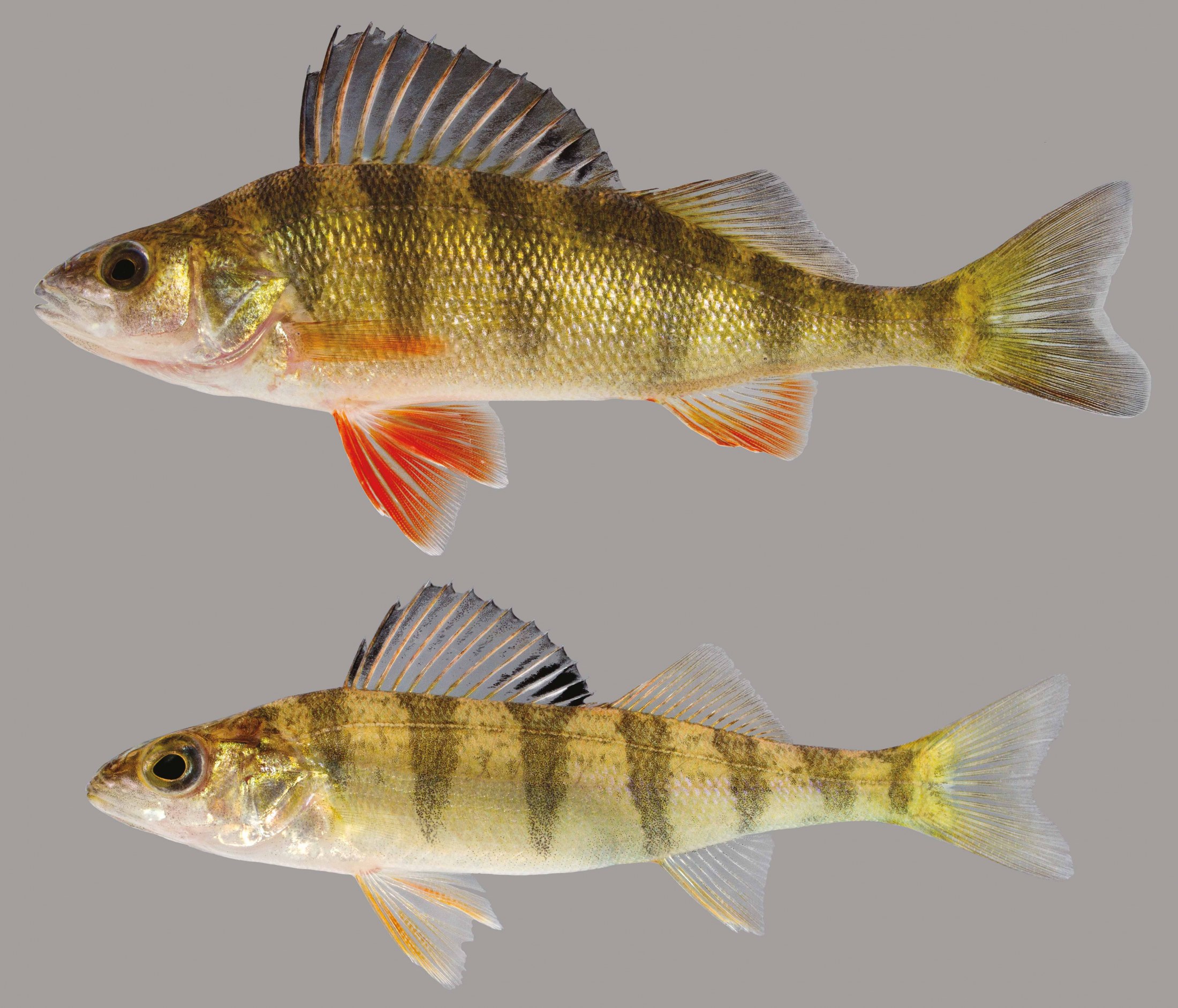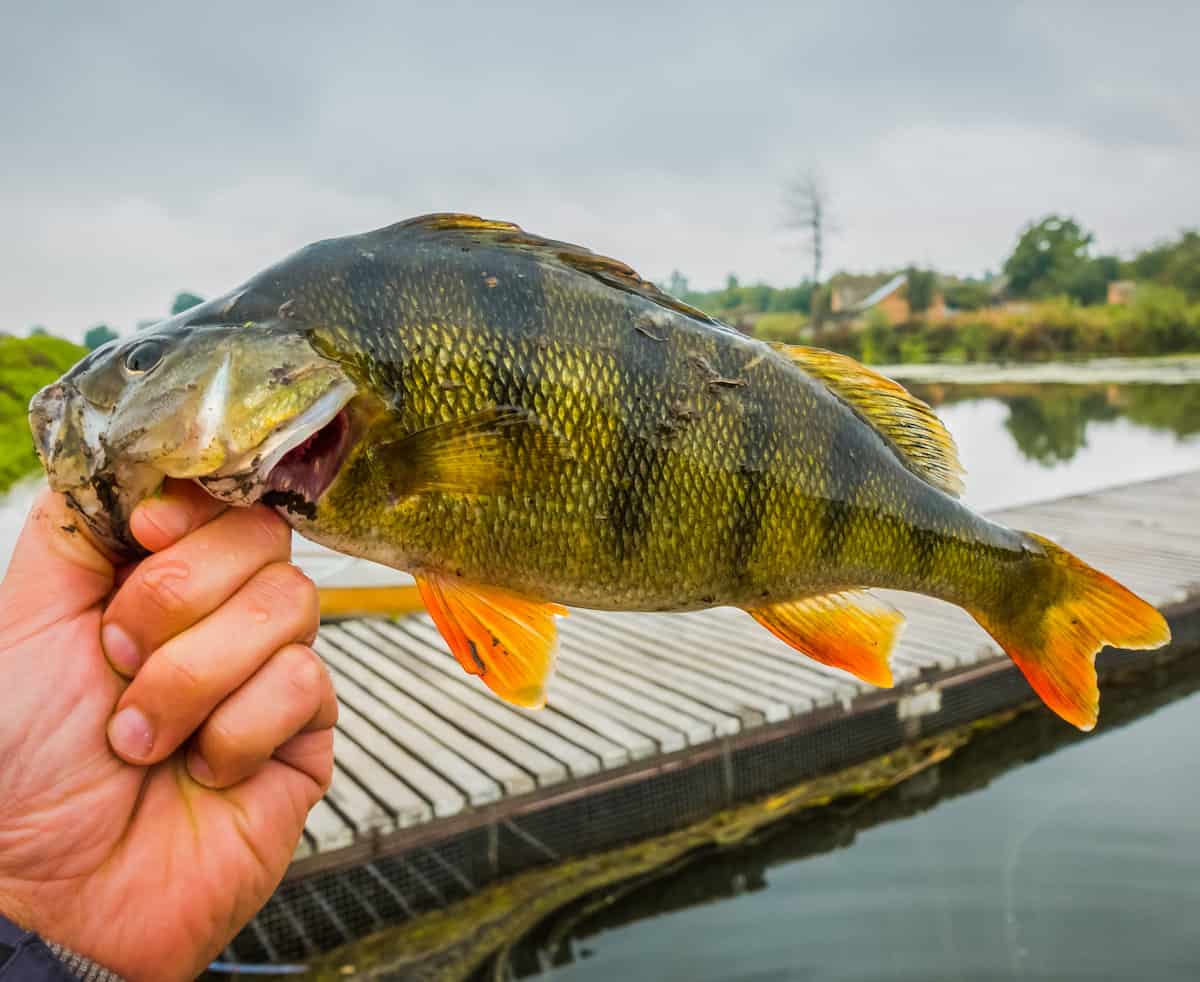Perch Fish Biology

Perch fish, belonging to the family Percidae, exhibit a fascinating array of physical characteristics, habitat preferences, and feeding habits. Their unique adaptations have enabled them to thrive in diverse aquatic ecosystems worldwide.
Physical Characteristics
Perch fish typically range in size from small to medium, with most species measuring between 6 and 12 inches in length. Their bodies are generally elongated and laterally compressed, allowing for swift and agile movements in the water. The coloration of perch fish varies depending on the species and habitat, but they often display vibrant hues of green, yellow, orange, and red, with dark vertical bands or blotches along their sides. These distinctive markings serve as camouflage, helping them blend seamlessly into their surroundings.
Habitat
Perch fish are predominantly freshwater species, inhabiting lakes, rivers, streams, and ponds. They prefer clear, well-oxygenated waters with abundant vegetation and structures, such as rocks, logs, and aquatic plants. These structures provide shelter from predators and serve as spawning grounds. Perch fish are also known to tolerate brackish waters in certain coastal areas.
Feeding Habits
Perch fish are opportunistic predators, feeding primarily on smaller fish, insects, and crustaceans. They possess sharp, pointed teeth adapted for grasping and tearing prey. Perch fish often hunt in schools, using their keen eyesight to locate prey and their speed and agility to capture it. They employ a variety of hunting techniques, including ambushing prey from cover, chasing down moving targets, and scavenging for dead or injured fish.
Perch Fish Reproduction and Lifecycle

Perch fish are known for their remarkable reproductive strategies and unique lifecycle patterns. Understanding their reproductive cycle and the factors influencing their growth and survival is crucial for effective fisheries management and conservation efforts.
Spawning Season and Mating Rituals
Perch fish typically spawn during the spring or early summer months, when water temperatures rise and food resources become abundant. During this period, male perch develop vibrant colors and engage in elaborate courtship rituals to attract females. They establish territories and perform dances, displaying their fins and bodies to showcase their strength and fitness.
Development of Perch Fish Eggs and Larvae
Once a female perch accepts a mate, she releases her eggs into the water, and the male fertilizes them externally. The fertilized eggs are sticky and adhere to vegetation or other submerged objects. After a few days, the eggs hatch into tiny larvae that feed on zooplankton and other microscopic organisms.
Factors Influencing Growth and Survival
The growth and survival of perch fish during their various life stages are influenced by a multitude of factors, including:
- Food availability: Perch fish are voracious predators that rely on a steady supply of food for growth and survival.
- Water temperature: Perch fish prefer warm water temperatures for optimal growth and reproduction.
- Habitat structure: The presence of vegetation and other cover provides shelter and protection for perch fish, especially during their early life stages.
- Predation: Perch fish are preyed upon by larger fish, birds, and other aquatic predators.
- Pollution and habitat degradation: Environmental stressors, such as pollution and habitat degradation, can negatively impact the growth and survival of perch fish.
Perch Fish in the Ecosystem

Perch fish play vital roles in their aquatic ecosystems, influencing water quality, providing food for larger predators, and interacting with other species.
Ecological Role, Perch fish
- Prey for larger predators: Perch fish serve as an important food source for various predators, including birds, mammals, and other fish species.
- Indicators of water quality: The presence and abundance of perch fish can indicate the health of the aquatic ecosystem. They are sensitive to changes in water quality and can serve as bioindicators of pollution or environmental stress.
- Nutrient cycling: Perch fish contribute to nutrient cycling by consuming prey and releasing nutrients back into the water column.
Interactions with Other Species
- Competition: Perch fish compete with other species for resources such as food and habitat.
- Predation: Perch fish are predators of smaller fish, insects, and zooplankton.
- Mutualism: Some perch fish species form mutualistic relationships with other organisms, such as cleaning symbiosis with cleaner fish.
In the vast expanse of the ocean, perch fish dance gracefully through the water, their shimmering scales reflecting the sun’s rays. However, in the world of basketball, the term “perch” takes on a different meaning, referring to the strategic position of a player who hangs around the free throw line.
Like the perch fish that hover near coral reefs, these players wait patiently for the right moment to strike, seizing the opportunity to score with a jump shot. Yet, the perch fish’s agility and grace continue to captivate, reminding us of the beauty that lies both above and below the surface.
The perch fish, with its vibrant scales and lively nature, has long captivated the hearts of anglers. Its definition, found at perch definition , reveals a species belonging to the Perciformes order, characterized by spiny fins and a laterally compressed body.
These agile creatures, often found in freshwater habitats, add a touch of excitement to any fishing expedition.
In the tranquil depths of azure lakes, perch fish glide with an effortless grace, their vibrant scales shimmering like a thousand tiny suns. Yet, beyond their aquatic realm, the perch name resonates in a different sphere—the court of perch basketball.
There, players soar through the air, their athleticism mirroring the fluidity of their underwater counterparts. As the game reaches its climax, the cheers of spectators reverberate through the arena, a symphony of exhilaration echoing the timeless allure of perch fish.
In the watery depths where perch fish dart and gleam, a connection to another aquatic realm emerges. Just as the perch’s swift maneuvers mimic the precision of a pike, so too does the term “pike” hold a multifaceted meaning. From its origins in the world of weaponry to its significance in heraldry, exploring the pike meaning unveils a rich tapestry of history and symbolism.
Yet, as we delve deeper into this linguistic journey, our focus returns to the perch, its sleek body and graceful movements forever intertwined with the tales woven around the mighty pike.
The perch fish, with its silvery scales and spiky fins, is a common sight in the shallow waters of lakes and rivers. While it may not be as large or predatory as its cousin, the pike fish , the perch fish is no less determined.
It darts through the water with lightning speed, snapping up smaller fish and insects with its sharp teeth. Its keen eyesight allows it to spot prey from a distance, and its strong jaw gives it the power to crush through their bones.